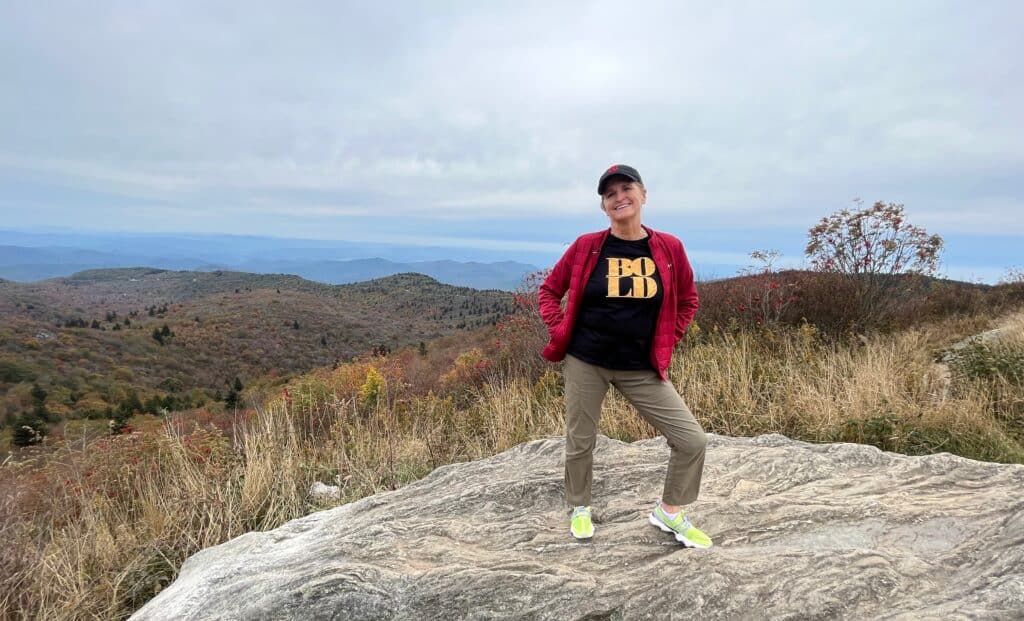This article is adapted from the book Crooked: Outwitting the Back Pain Industry and Getting on the Road to Recovery by Cathryn Jakobson Ramin.
The note in my calendar, put there on April 14, 2008, says, “Find a spine surgeon.” For decades, I’d sought to avoid open warfare with my back, but on that date, the truce officially ended.
Back trouble, in all its permutations, costs the United States roughly $100 billion a year, more than is spent annually to treat cancer, coronary artery disease, and AIDS combined.
Over the years, I’d spent a fortune on chiropractic care, acupuncture, physical therapy, and massage. I’d signed up for Pilates, yoga, Tai Chi, and strength training, but instead of abating, my pain intensified. By 2007, I could not sit or walk comfortably for more than a few minutes. My hip ached and my right leg was on fire. There seemed to be no escaping the pain. Like a rat in a lab experiment, without a prayer of avoiding the offending stimulus, I felt anxious, angry, and trapped. When my dear friend Stacey asked me to join her on a hiking trip in the Peruvian Andes, I told her I could not manage it. My anatomy was holding me hostage; instead of climbing mountains, I would be going under the knife.
I thought fixing my back would be as straightforward as fixing a broken wrist. I’d find a surgeon and get it done. But as I made my way through overwhelming amounts of material on the Internet, I saw that I was wrong. As an ordinary patient, I risked drowning in a sinkhole of hype.
What’s Wrong With How We Treat Back Pain
However, as an investigative reporter with three decades of experience in digging for the facts, I recognized that I’d arrived on the scene at the ideal moment. Back pain treatment was a microcosm of everything that was wrong with the health care system. Back trouble, in all its permutations, costs the United States roughly $100 billion a year, more than is spent annually to treat cancer, coronary artery disease, and AIDS combined.
Back pain treatment was a microcosm of everything that was wrong with the health care system.
When I did my first Internet search, I had no idea that I’d spend six years studying this topic. Nor did I realize that in the interim, procedures that, for decades, had been upheld as the gold standard in spine care would be relegated to the dusty and crowded shelves of misguided medicine. Spine surgeons’ go-to procedure—lumbar spinal fusion—would be discredited, primary care doctors would find that they’d launched a prescription opioid epidemic, and interventional pain physicians—those who perform epidural spinal injections— would be faced with evidence that their shots didn’t work.
Federal prosecutors would punish device manufacturers for selling spinal instrumentation that was inadequately tested. Painkiller manufacturers and the U.S. Food and Drug Administration would be found tucked into bed with each other, working the drug approval process without regard to patients’ best interests.
We’re Not Machines
Epidemiologist and internist Richard Deyo, a keen thinker about these issues, and the Kaiser-Permanente Endowed Professor of Evidence-Based Medicine at Oregon Health and Science University, summarized the problem: “There’s this very mechanical view of the human body,” he said, “one that suggests that you can find out what’s broken and replace it or fix it.”
Like most back pain patients, I’d been taught that my spine was fragile and in need of coddling.
Like most back pain patients, I’d been taught that my spine was fragile and in need of coddling, and that my pain was evidence of some readily diagnosed structural abnormality. I rushed off to get a spinal MRI, without recognizing that such imaging was not diagnostic, and it often led to unnecessary interventions.
Ultimately, I learned that my cranky back needed exercise. In the interest of sparing my spine, I’d deprived my muscles of the opportunity to heal and get strong. After devoting myself to several weeks in treatment with an experienced and orthopedically focused physical therapist, I signed up with an exercise specialist who set about strengthening my glutes, quads, hips, and core. Correctly identified, the core encompasses just about every stabilizing muscle from thigh to breastbone. In turn, he introduced me to the woman who would become my Back Whisperer.
Back Pain Relief: Finding A Back Whisperer
It can be challenging to track them down, but such experts are definitely out there. Typically, the kind and sympathetic trainer who responds to every grimace and groan—very possibly out of concern that if he hurts you, you’ll never book another session—is not going to be the one who guides you to recovery. For that, you will need a fearless leader—someone who is not afraid to challenge you, who has seen it all before, and who knows that, although what you are about to do may be uncomfortable, it will not put you in harm’s way.
You will need a fearless leader—someone who is not afraid to challenge you, even make you uncomfortable.
Back whisperers are not profession-specific, In their ranks, you will find physiatrists, orthopedic surgeons, physical therapists, personal trainers, disenchanted chiropractors, and exercise scientists. Here’s what they have in common: They are able to observe how you walk and sit and stand and grasp what your posture and gait say about your muscles, tendons, and ligaments. Generally, they focus on functional training, prescribing exercise regimens that are “non-pain-contingent,” (whining will get you nowhere), “quantitative” (you will not be allowed to quit until you hit your “number,”) and “high-dose” (you will do this routine on a schedule rather than when the spirit moves you).
Although I would have not thought it possible, given my debilitated state, my back whisperer, Diana Williams, who I referred to as “The Goddess of Exercise,” trained me to do squats, lunges and planks. She built strength and endurance with light, and then progressively heavier, free weights, until I could wield a ten-pounder in each hand. My body changed surprisingly quickly; within a couple of months, my curled shoulders turned into broad shoulders, and my flat backside was replaced with a couple of half cantaloupes.
What Works
No question— the first few weeks of training were painful and scary. I was sore after every session, and, occasionally, I’d experience a twinge of nerve pain mid-exercise and then wait for spasm and disaster, which never came. Those experiences taught me that hurt did not mean harm. Most back pain patients have heard the salvo, “If it hurts, don’t do it,” but in reality, this is absurd. If you have back pain, everything hurts, and you are not going to recover unless you can make your way through that pain.
Most back pain patients have heard the salvo, “If it hurts, don’t do it,” but in reality, this is absurd.
Having survived much worse in Diana’s hands, it dawned on me that if I could do what I was doing in the gym, I could also carry grocery bags, or move the laundry from the washer to the dryer without collapsing.
Eight years later, I’m still working out with Diana. I figure we’re together for life. My supportive muscles mostly take care of me, but when my back kicks up a fuss, or I wake up as stiff as a board—a common occurrence at the age of 60—I hit the floor and start doing planks, dead bugs, and bridges. It works, every single time.
***
How to Find a Back Whisperer and Back Pain Relief
Ask for a referral from a physical therapist who has the letters OCS, for orthopedic clinical specialist, after his or her name.
The website of the American College of Sports Medicine is also an excellent resource. Type in the words “clinical exercise specialist,” and the search engine will return data by level of certification, city, and zip code.
The National Strength and Conditioning Association (NSCA), based in Colorado Springs, Colorado, also turns out “certified strength and conditioning specialists,” most of whom have degrees in exercise science, as well as the specialized knowledge it takes to deal with bad backs.
Read More: Got Knee Pain? Check Out These 3 Non-Surgical Solutions
***




















0 Comments